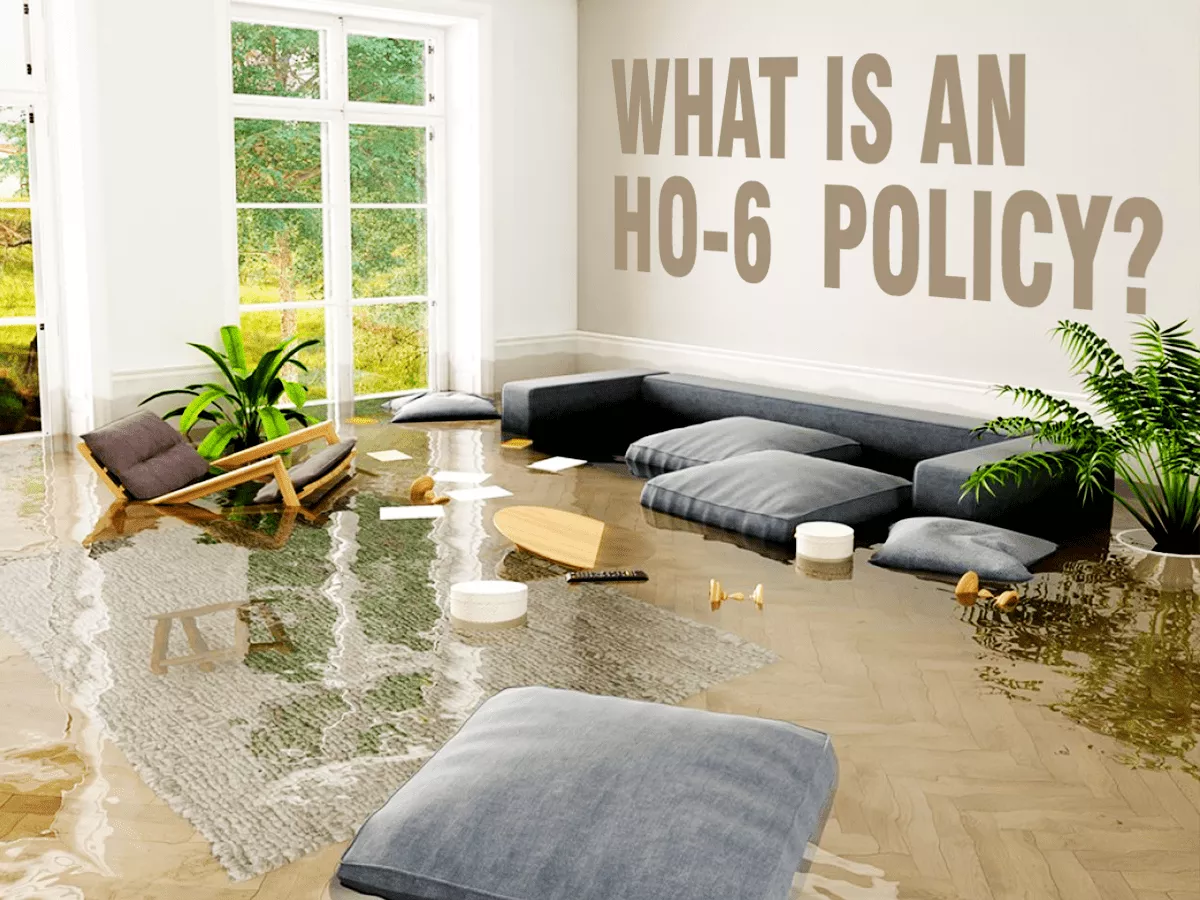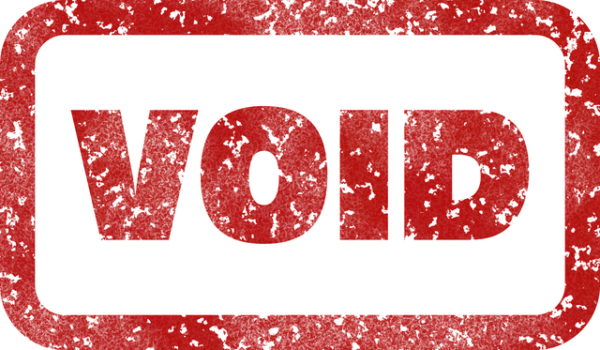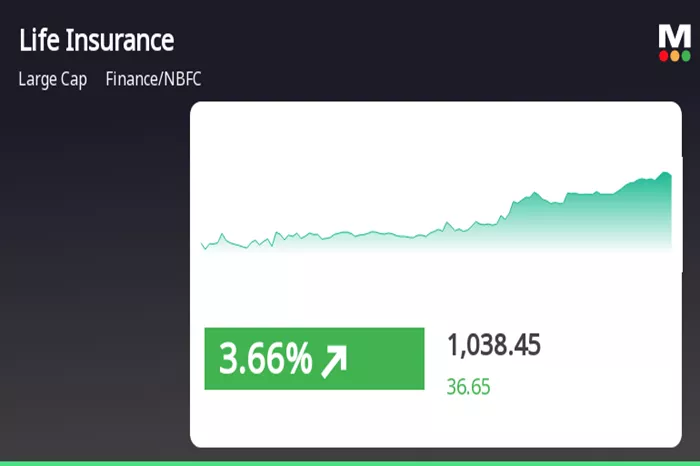Selecting the right homeowners insurance policy is a critical decision for safeguarding your home and personal assets. With numerous options available and various factors to consider, it’s essential to have a comprehensive understanding of what you should look for in homeowners insurance. This guide will cover the key aspects, from basic coverage types to policy limits and endorsements, ensuring you are well-informed to make the best choice for your needs.
1. Coverage Types
Basic Coverage
The foundation of any homeowners insurance policy is the basic coverage, which includes:
Dwelling Coverage: This covers the structure of your home against perils such as fire, vandalism, and certain natural disasters. It’s crucial to ensure that the policy provides coverage for the total replacement cost of your home rather than just its market value. This ensures that you can rebuild your home fully if a covered loss occurs.
Personal Property Coverage: This protects your belongings, such as furniture, electronics, and clothing, from damage or theft. Verify that the coverage limit is adequate for the value of your possessions. Replacement cost coverage is preferable as it reimburses you for the cost of replacing items rather than their depreciated value.
Liability Protection
Liability protection covers you in case someone is injured on your property or if you are legally responsible for damages. This includes:
Medical Expenses: Helps pay for medical costs if someone is injured on your property, regardless of fault.
Legal Fees: Covers legal defense costs if you are sued for damages.
Settlements: Assists in paying settlements or judgments if you are found liable for damages.
Ensure that your policy has a sufficient liability limit to protect your assets adequately.
Additional Living Expenses (ALE)
ALE coverage helps pay for temporary housing and related costs if your home becomes uninhabitable due to a covered loss. Consider the following:
Coverage Limits: Check the policy limits to ensure they are sufficient for your needs.
Duration: Understand how long the coverage lasts and what expenses are included.
2. Policy Limits and Deductibles
Understanding Policy Limits
Policy limits are the maximum amount an insurance company will pay out for a covered loss. Factors to consider include:
Dwelling Limit: Should reflect the total replacement cost of your home.
Personal Property Limit: Should cover the value of your possessions.
Liability Limit: Should be high enough to protect your assets in case of a significant claim.
Review and adjust your policy limits regularly, especially if you make significant home improvements or acquire valuable items.
Choosing a Deductible
The deductible is the amount you must pay out of pocket before your insurance coverage applies. Factors to consider include:
Higher Deductibles: Typically result in lower premiums but require you to cover more of the initial costs in case of a claim.
Lower Deductibles: Result in higher premiums but reduce your out-of-pocket expenses during a claim.
Evaluate your financial situation to select a deductible that balances affordability with your ability to pay in case of a loss.
3. Exclusions and Limitations
Common Exclusions
Exclusions are specific types of damage that are not covered under a standard policy. Common exclusions include:
Flood Damage: Most standard policies do not cover flood damage. Consider purchasing separate flood insurance if you live in a flood-prone area.
Earthquake Damage: Earthquake damage is typically excluded. Earthquake insurance can be added if you live in an area prone to earthquakes.
Routine Wear and Tear: Damage resulting from normal wear and tear or lack of maintenance is not covered.
Carefully review your policy to understand what is excluded and consider additional coverage if necessary.
Policy Limitations
Even within covered perils, there may be limitations on the amount you can claim. For example:
Sub-Limits: There may be lower coverage limits for valuable items such as jewelry, art, or collectibles.
Caps on Certain Perils: Some policies may have caps on the amount payable for specific types of damage, like windstorm or hail damage.
Review these limitations to ensure they align with the value of your possessions and consider adding endorsements for higher coverage if needed.
4. Endorsements and Riders
Common Endorsements
Endorsements, also known as riders, are additional provisions that enhance your coverage. Common endorsements include:
Sewer Backup Coverage: Provides protection against damage from sewer backups, which are not covered under standard policies.
Home-Based Business Coverage: Covers business equipment and liability if you operate a business from your home.
Valuable Items Coverage: Increases coverage limits for high-value items like jewelry, art, and collectibles.
Customizing Your Policy
Tailor your policy to fit your unique needs by considering endorsements relevant to your situation. For instance:
Natural Disasters: If you live in an area prone to specific natural disasters, consider endorsements for additional coverage.
Special Collections: Add endorsements for high-value collections or items that exceed standard policy limits.
Discuss your options with an insurance agent to customize your policy effectively.
See Also: What Insurance Do I Need as a Homeowner?
5. Premium Costs
Factors Affecting Premiums
Homeowners insurance premiums can vary based on several factors:
Location: Homes in areas prone to natural disasters, high crime rates, or with high rebuilding costs may have higher premiums.
Home Features: The age, size, and condition of your home can impact insurance costs. Older homes or homes with outdated systems may be more expensive to insure.
Safety Measures: Installing safety features like security systems, smoke detectors, and fire alarms can lead to discounts on your premium.
Shopping Around
To find the best premium rates:
Compare Quotes: Obtain quotes from multiple insurance providers to compare costs.
Review Coverage: Ensure you are comparing policies with similar coverage levels and deductibles.
Seek Discounts: Inquire about available discounts for safety features, bundling policies, or loyalty.
6. Customer Service and Claims Process
Evaluating Customer Service
The quality of customer service provided by an insurance company is crucial for a positive experience. Consider:
Reputation: Research the company’s reputation for customer service and claims handling.
Reviews and Ratings: Look for reviews and ratings from other policyholders to gauge their satisfaction with the company.
Understanding the Claims Process
A straightforward and efficient claims process is essential. Consider:
Filing Process: Understand the steps involved in filing a claim and the documentation required.
Claims Handling: Research how quickly and effectively the insurer handles claims and whether they offer support throughout the process.
7. Policy Renewal and Review
Regular Policy Reviews
Regularly review your homeowners insurance policy to ensure it continues to meet your needs. Factors to consider include:
Home Renovations: Update your policy if you make significant changes or improvements to your home.
Acquisitions: Review and adjust coverage for valuable items or possessions acquired after the initial policy purchase.
Life Changes: Adjust coverage as needed based on changes in your personal circumstances, such as adding a new family member or starting a home-based business.
Renewal Terms
When your policy is up for renewal:
Review Terms: Carefully review any changes in coverage, deductibles, or premiums.
Negotiate: Discuss any concerns or changes with your insurer and negotiate better terms if possible.
Consider Switching: If you find a better policy that meets your needs, consider switching providers.
Conclusion
Choosing the right homeowners insurance policy is essential for protecting your home and personal assets. By understanding the different types of coverage, evaluating policy limits and deductibles, and considering endorsements and premiums, you can make an informed decision. Regularly reviewing and updating your policy ensures that your coverage remains adequate as your needs evolve. The goal is to find a policy that provides comprehensive protection and peace of mind, so take the time to assess your options carefully.






















